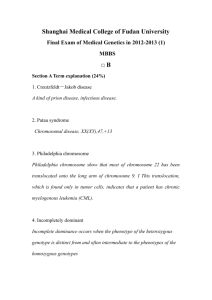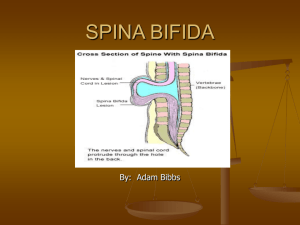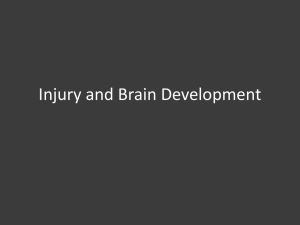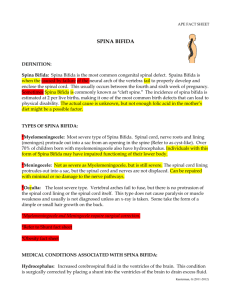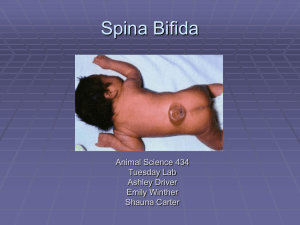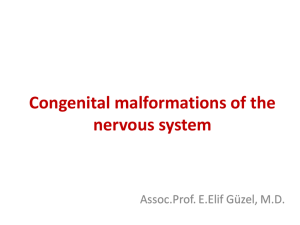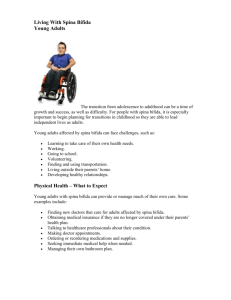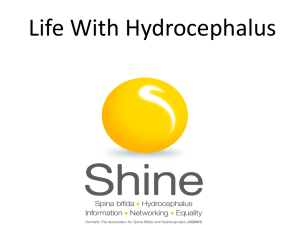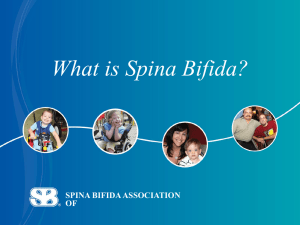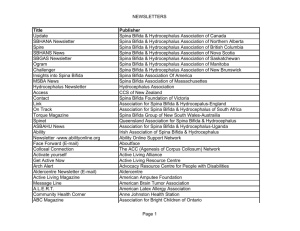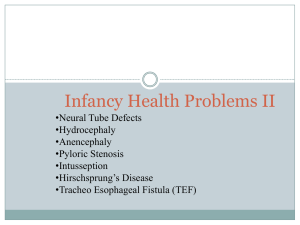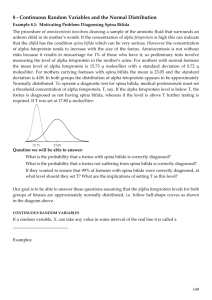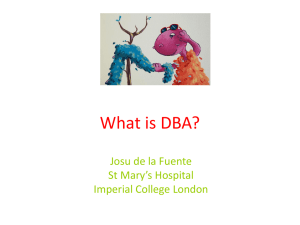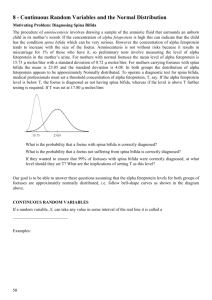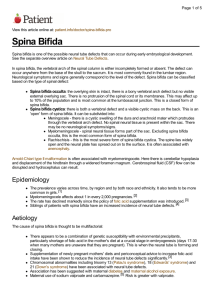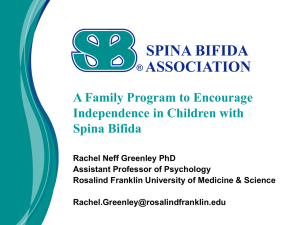Outcome of Spina Bifida in South Wales over a 10 year
advertisement
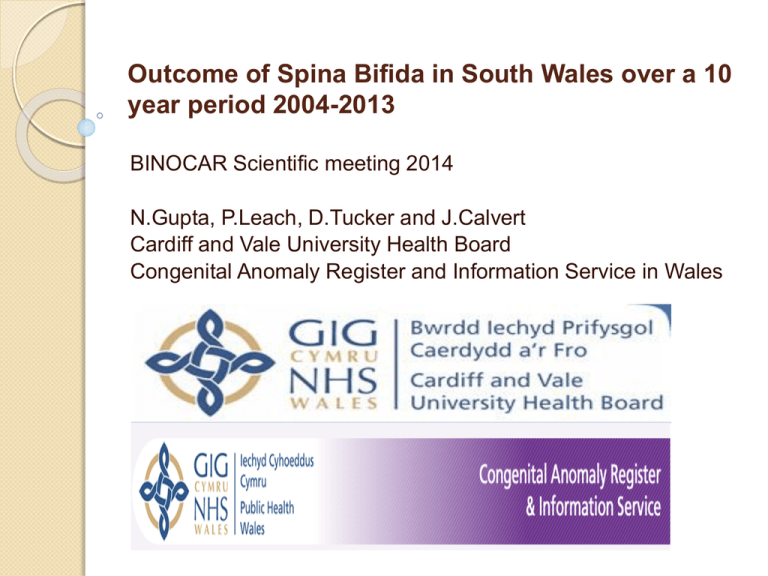
Outcome of Spina Bifida in South Wales over a 10 year period 2004-2013 BINOCAR Scientific meeting 2014 N.Gupta, P.Leach, D.Tucker and J.Calvert Cardiff and Vale University Health Board Congenital Anomaly Register and Information Service in Wales Background Spina bifida is a developmental congenital disorder caused by incomplete closure of the embryonic neural tube The overall prevalence in UK (5.6/10,000 total births) Rates in Wales higher (up to 7.42/10,000) ◦ Possible genetic predisposition Aims The aim of the study was to review the outcomes of pregnancies and babies in whom Spina Bifida was diagnosed and treated at the University Hospital of Wales (UHW) over a 10 year period Methods A retrospective audit of all cases of suspected Spina Bifida diagnosed and treated at the University Hospital of Wales from 2004-2013 Cases were identified using the CARIS database as well as the neonatal and foetal medicine databases Cases of anencephaly were excluded as well as those not born in South Wales or referred to University Hospital Wales Results 211 cases identified 203 included in analysis 200 (98.5%) antenatally Dx 156 (76.8%) resulted in TOP 3 (1.5%) postnatal Dx 40 (20%) liveborn 2 (1%) were foetal losses 2 (1%) were still born Maternal details Maternal age ranged from 16-43 years The median age of mothers who continued the pregnancy was 27 years 32.5% primiparous The median age of those who terminated the pregnancy was 27 years 29.4% primiparous Maternal Folic acid Incomplete data available on 71 cases Folic acid was not taken in 17 (13%) of 132 cases In cases which were liveborn folic acid was not taken in 6 (22%) In the others folic acid was not taken in 11 (10%) of cases One case of suspected foetal valproate syndrome Antenatal Diagnosis 200 cases suspected antenatally 48 (24%) cases of isolated Spina Bifida Ventriculomegaly seen in 98 (49%) of cases Additional abnormalities seen in 54 (27%) of cases • These included talipes, hip dislocation, cleft palate, limb, cardiac anomalies, renal and gastro-intestinal anomalies Chromosomal abnormalities ◦ Chromosomal abnormalities were suspected in diagnosed in 12 cases: 7 Trisomy(13/18) confirmed, one suspected 2 confirmed triploidies One rearrangement of Y chromosome One case of Saethre Chotzen syndrome (deletion in part of chromosome 7) Outcome Of the cases of isolated Spina Bifida, 41(85%) resulted in TOP Of the cases with Spina Bifida and ventriculomegaly 73 (74%) resulted in TOP Of the cases with additional abnormalities, 42 (78%) resulted in TOP Outcome vs type of anomalies 120 100 80 73 60 TOP live births 40 42 41 20 25 0 12 7 Isolated Spina Bifida Ventriculomegaly Associated Anomalies Postnatal diagnosis 3 cases were diagnosed post-natally ◦ All isolated ◦ No ventriculomegaly ◦ No additional abnormalities ◦ All 3 required surgery ◦ One of these was a closed lesion Live births Of the 43 live births 20(46%) were male and 23(54%) were female 38(88%) of the defects were open, 5(12%) closed 19(44%) had ventriculomegaly at birth 23(53.4%) had additional abnormalities ◦ These included talipes, hip dislocation, cleft palate, limb and cardiac anomalies Chromosomal anomalies confirmed in 2 cases Live births 4 of the live born infants died in the neonatal period. These were related to the severity of the associated hydrocephalus ◦ One baby died during initial resuscitation ◦ 3 had withdrawal of intensive care Neurosurgery 39 (90.7%) of the live births required closure of the neural tube defect 4(9.3%) did not require surgery Surgery for ventriculomegaly was performed in 20 (46%) of the babies Summary The congenital anomaly register provides valuable information regarding outcome of pregnancies following diagnosis of suspected anomaly Antenatal diagnosis of Spina Bifida in 98.5% Overall termination of pregnancy in 77% No significant difference in termination rate in presence of additional abnormalities Although folic acid data is incomplete a significant proportion of women did not take folic acid which needs to be addressed Acknowledgements Thank you to CARIS for helping providing the Data for the study
